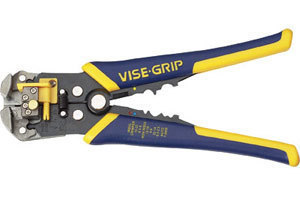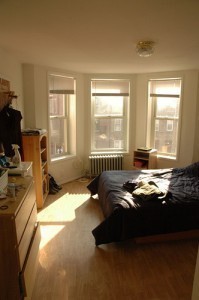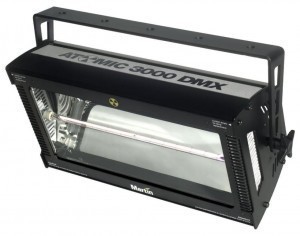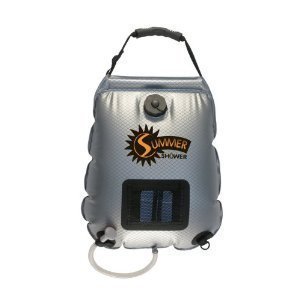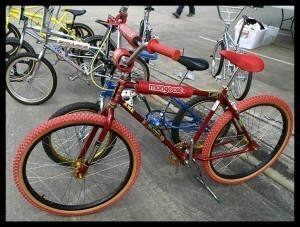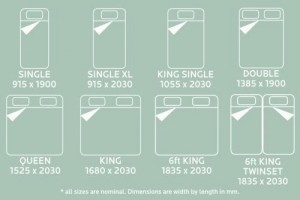Semaphore Dimensions
Mechanically controlled semaphore signals have been used in railways since the 19th century to ensure safety of incoming and outgoing trains. Semaphore dimensions are crucial to make the signs visible at certain distances. They are mounted from posts of various lengths and sizes. Below are some considerations.
Visibility Distance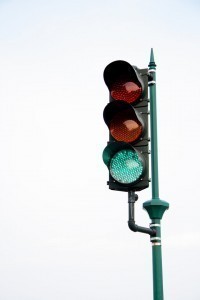
Whenever posts for semaphores are measured, the orientation is from the ground level up to the centerline of the railway signal. The visibility distance should be considered and some of the important points involved here are found in the so-called 4-aspect usage sequence. This is about semaphore dimensions where their proximity to each other is involved. The vital consideration here is whether the area location is intensively used or if it is a high speed area. For locations intensively utilized, 686 to 777 meters is the allowable distance. For a high speed area, it is 1280 meters.
The post heights often used here are as follows: 18, 23, 28, 32, 36, or 40 feet for single-arm signals.
Route Signalling
Train engineers need to know whether it is safe to proceed or to wait. The railway signal needed here is called a route sign mounted on a tall post. Posts like this had semaphore dimensions that ensured they were erected high enough to be seen above train smokes during the 19th century. The stop signal is when the semaphore is 90 degrees with the post, and the go signal is when it is 45 degrees higher than the stop indicator.
Speed Signalling
To regulate train speed, operators follow speed signals also mounted on tall posts. Your train speed often allows safe intervals or allowances for other trains to remain in a station or start leaving. Semaphore dimensions are also crucial here to ensure that no collision happens. When an approaching train is preceded by another that is still unloading at a station, the approaching one can then reduce speed. This is possible through a railway signal speed regulator.
Colors and Sign Positions Indicate Direction
But semaphore dimensions cannot be made bigger in size than what is normally seen. Often, these signs are no more than 20 inches by 50 inches. But with a standard size, how can the words “Stop” and “Go” be seen from a long distance?
This problem is remedied by using colors, lights, and more importantly, the railway signal angle positions, than words. Semaphores have bright colors reinforced by lights for night vision so that sighting them even from a far distance is possible. Moreover, their position is easy to identify. A perpendicular semaphore means stop, and one that is raised higher means a go.
